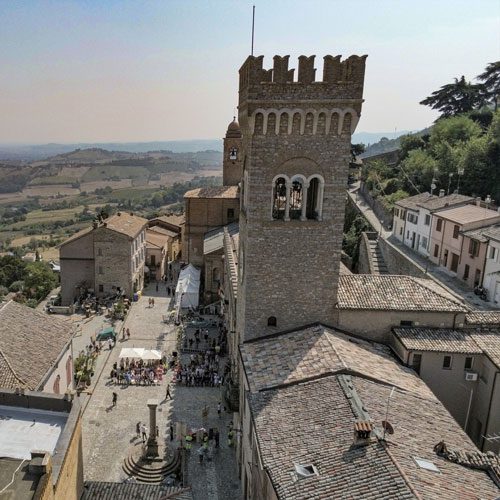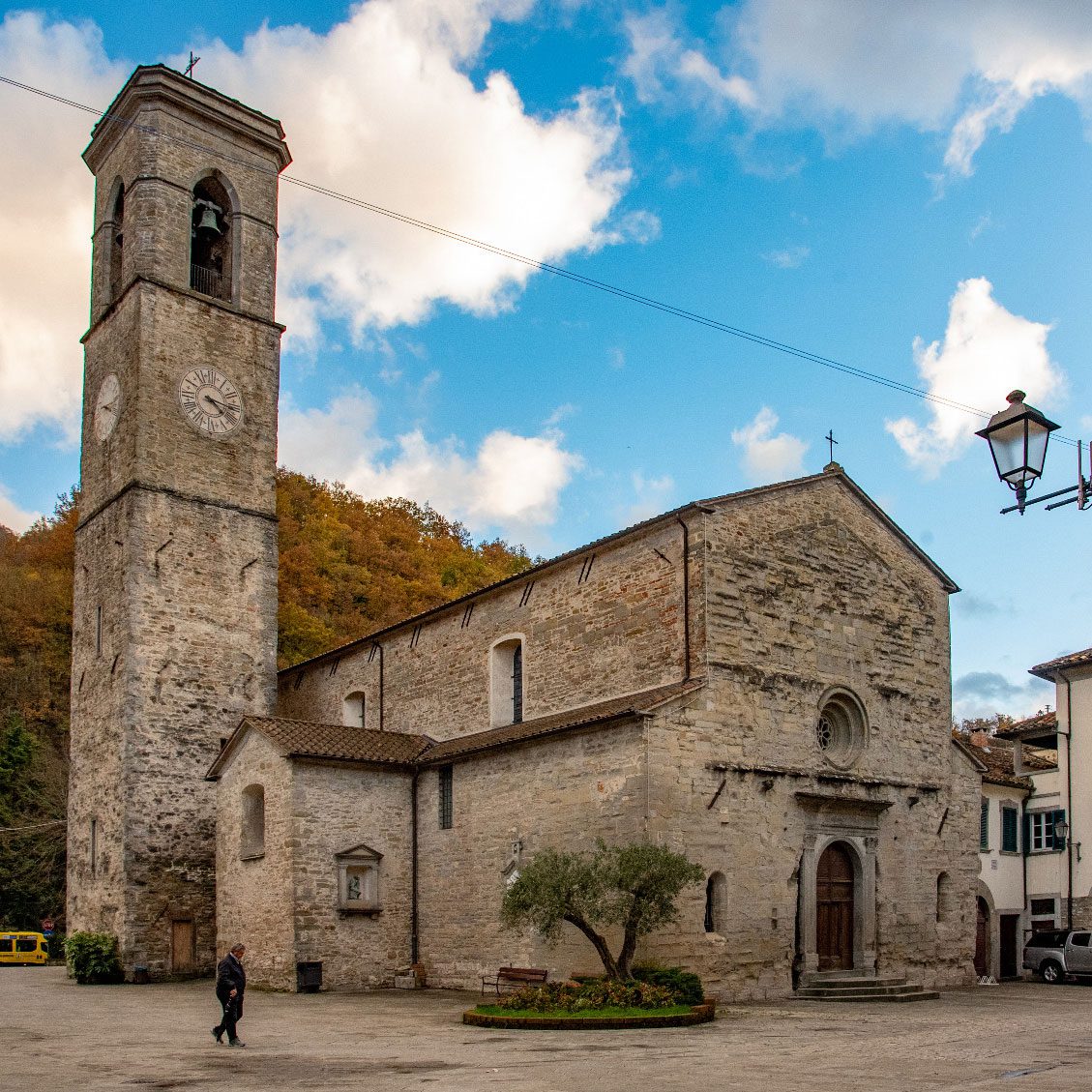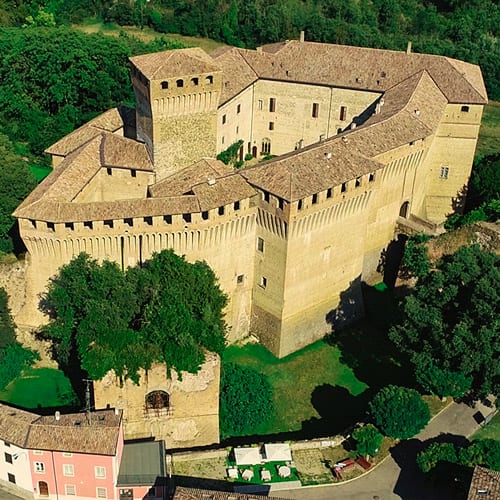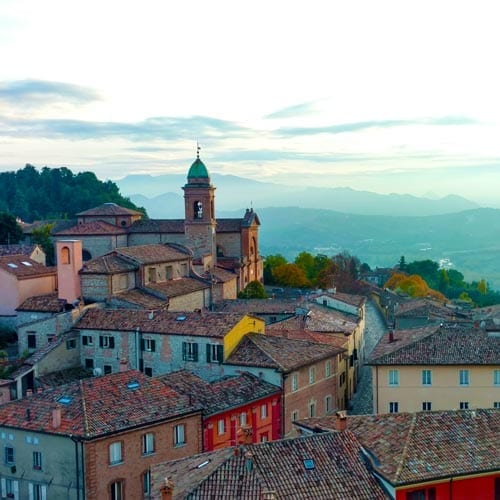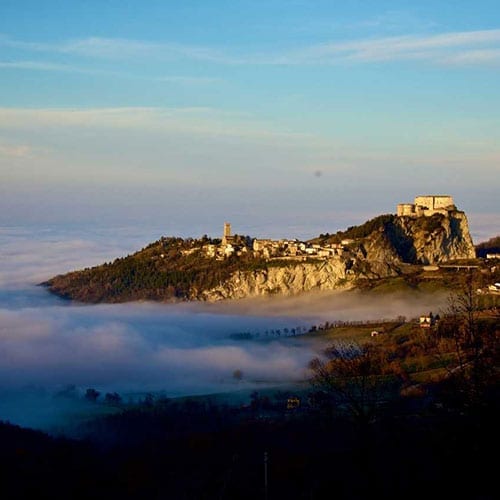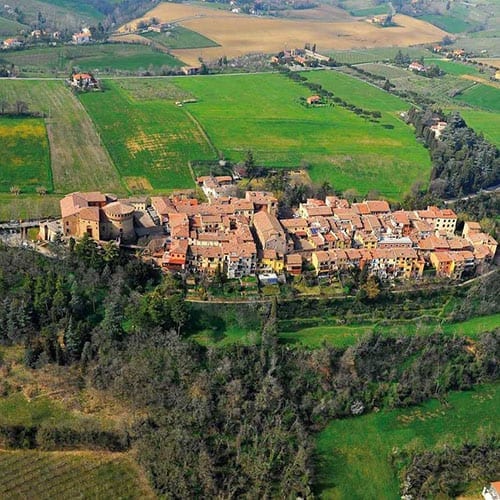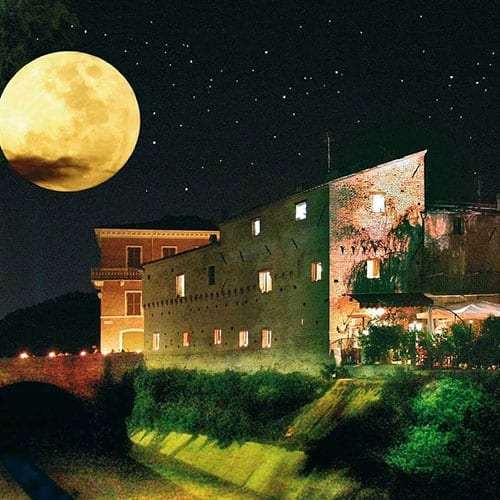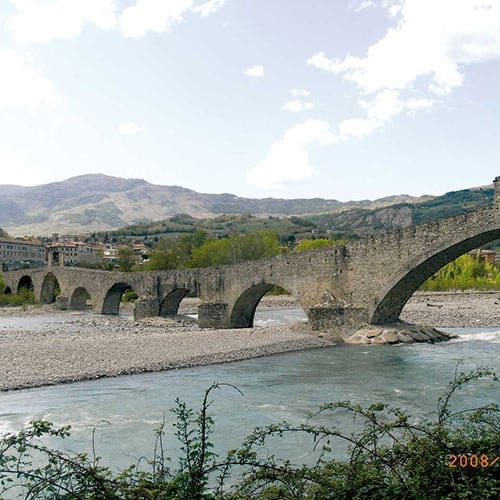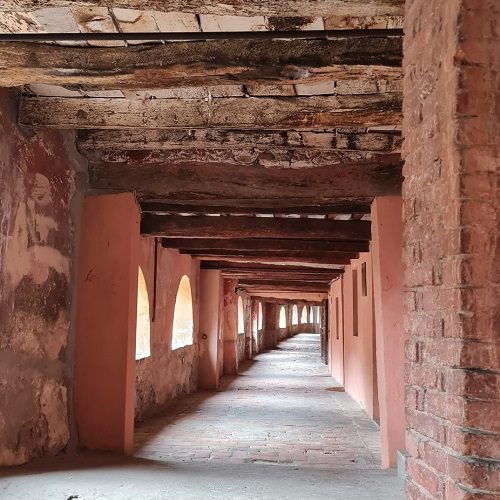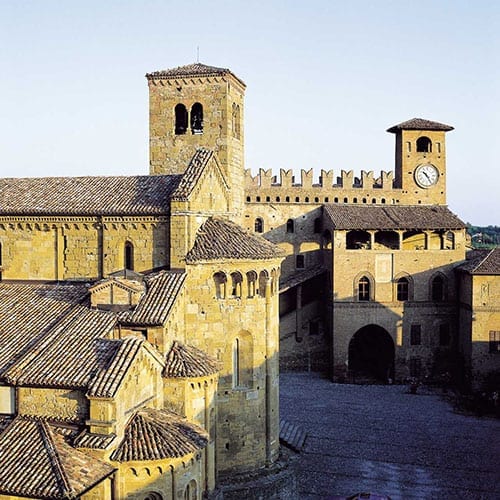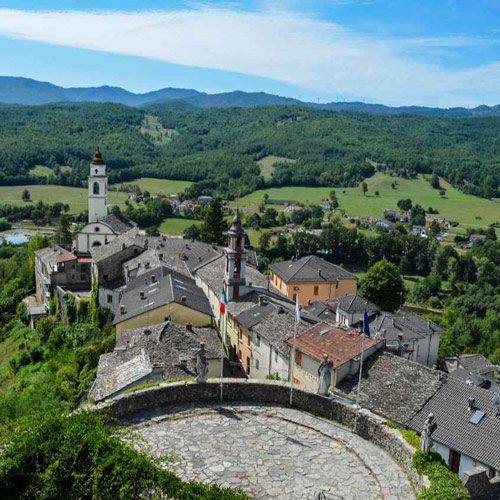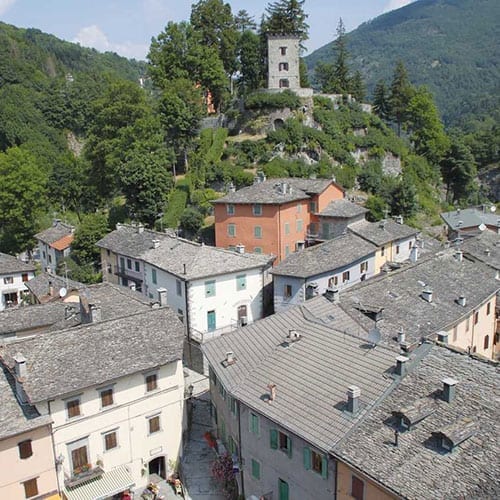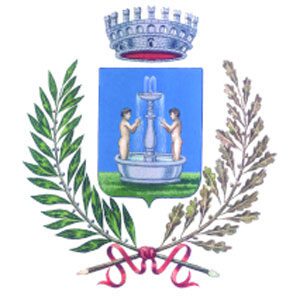 Bagnara di Romagna
Bagnara di Romagna
municipality of bagnara di romagna
(Province of Ravenna)
Altitude
m. 25 s.l.m.
Population
2407 (287 nel borgo)
patron saint
Sant’Andrea Apostolo, 30 novembre
turist information
URP, piazza Marconi 2, tel. 0545 905501
turismo@comune.bagnaradiromagna.ra.it
Ufficio Informazione Turistica Unione dei Comuni della Bassa Romagna, piazza della Libertà 13, Bagnacavallo (Ravenna),
tel. 0545 280898 turismo@unione.labassaromagna.it
www.comune.bagnaradiromagna.ra.it
www.bagnaraturismoalcastello.it
www.popolipopcultfestival.it
www.museomascagni.it
www.bassaromagnamia.it

Bagnara di Romagna is a perfect example of an intact medieval castrum on the Emilia-Romagna plain and has a historic centre of great charm. The entire defensive system, built in the 14th century by the Visconti, was strengthened and completed at the end of the 15th century. The heart of the borgo is the Rocca Sforzesca with the large keep, perimeter loggias and the central courtyard that is used for concerts and events. Today the fortress houses the Castle Museum which displays artefacts illustrating the area’s history from the Bronze Age to the Middle Ages. Many are from the Prati di Sant’Andrea Archaeological Park, the original settlement around 800m southeast from the borgo. In front of the fortress is the Church of Santi Giovanni and Andrea (15th century): it was rebuilt and enlarged several times and contains some valuable artworks such as a polychrome terracotta statue of the Madonna del Pubblico Voto, a baptismal font, a tabernacle and an 18th century organ. The rectory houses two collections: the Parish Museum of Sacred Art preserves the precious 16th century altarpiece by Innocenzo da Imola, a wooden crucifix by the Donatello school and a collection of ceramics; the Pietro Mascagni Museum brings together letters and memorabilia of the famous composer.
Local speciality products include saffron, wines (Trebbiano, Albana, Sangiovese), mora romagnola, a local breed of black pig; cappelletti, a type of tortellini; piadina, the flatbread typical of Emilia Romagna.
- Sagra del Castrato: late April- early May, a festival featuring local castrato (young mutton meat).
- The Popoli Pop Cult Festival, late June: across the entire borgo are food stands, shows, art and photography exhibitions.
- Festa del Pubblico Voto, last Sunday in July: a festival dedicated to Our Lady of the Camangi, thanked for having saved the borgo from the plague.
- Muse, summer festival of music, theatre, history and literature that takes place in the Rocca Sforzesca.
I am te


